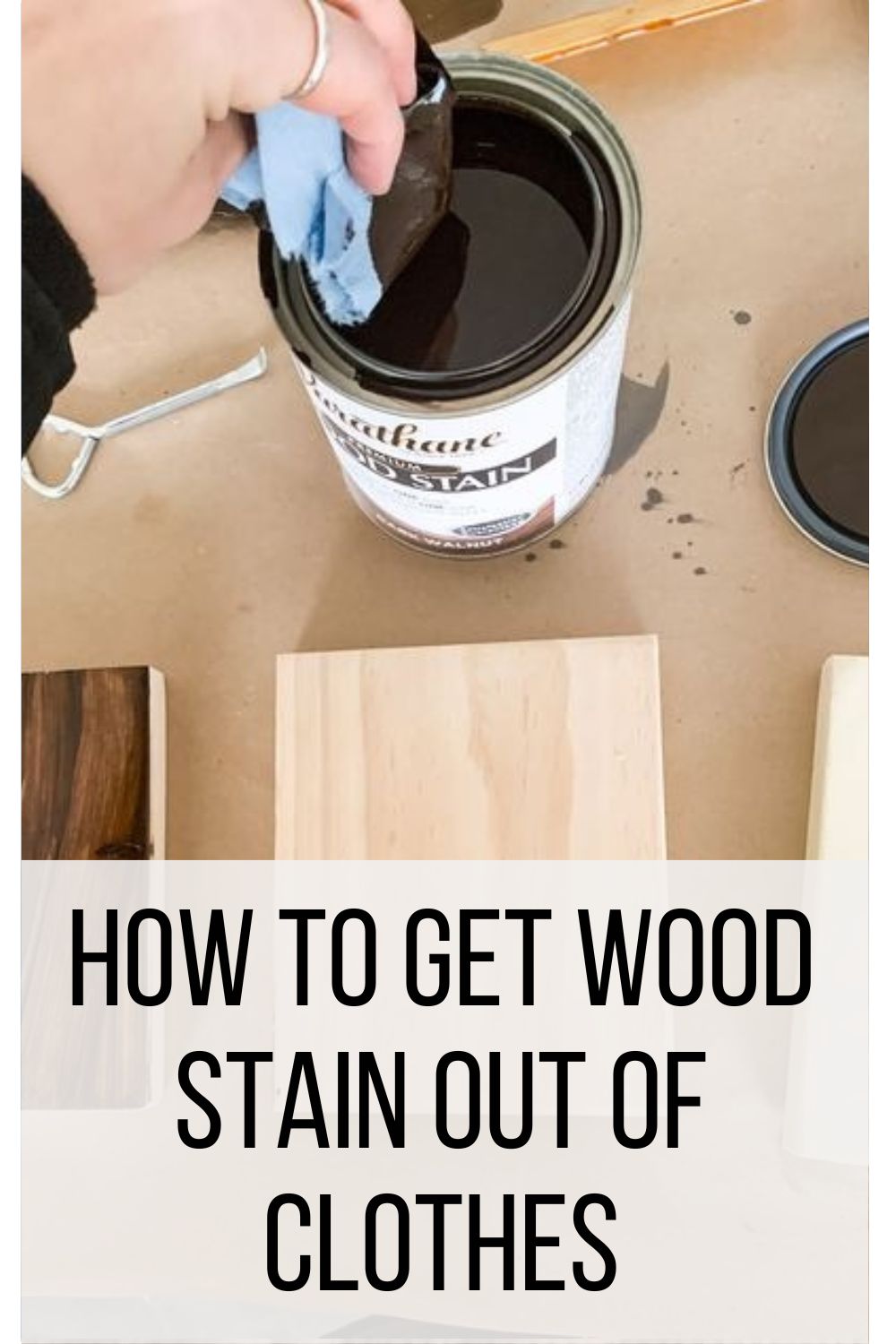
Stains can be a nuisance, especially when they get on your favorite clothes. Accidental spills can happen in an instant, leaving you to frantically search for a way to remove the unsightly spots. When it comes to wood stains, the task of removing them can seem especially daunting. However, with the right approach, it is possible to get wood stains out of clothes. In this article, we will discuss 5 proven methods to help you rescue your stained clothing. From using a commercial stain remover to trying natural solutions, we have all the tips and tricks you need to get wood stains out of clothes and restore them to their original condition. So, don’t panic – just follow our advice and you’ll be on your way to stain-free clothing in no time.
Table of Contents
What Are Wood Stains?
Wood stains are pigmented liquids or gels that are applied to wood to enhance or change its color. They are typically made from a combination of pigment, binder, and solvent, and can be oil-based or water-based. Wood stains are used to color and protect wood surfaces, and are applied in thin, even coats using a brush, roller, or sprayer. They can be used in woodworking or to protect outdoor wood structures such as decks, fences, and sheds.
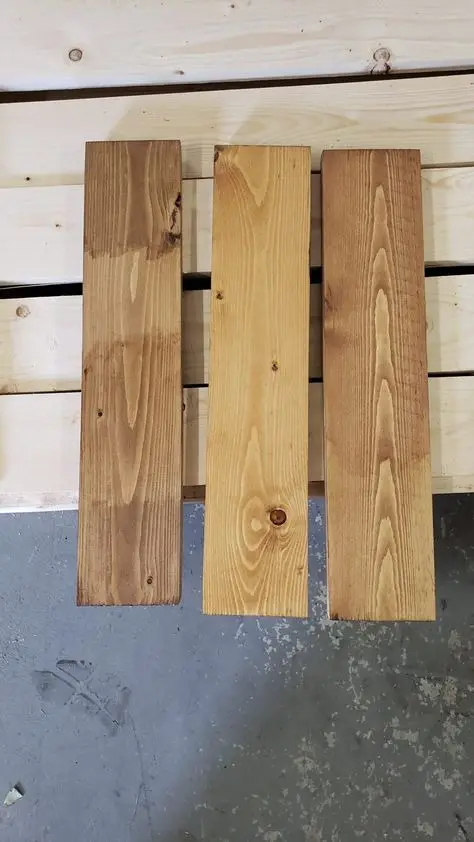
There are two main types of wood stains:
- Oil-based‒ Oil-based wood stains are made with an oil binder and a solvent. They are known for their ability to penetrate deeply into the wood, resulting in a longer-lasting finish. They are also more resistant to water and UV light but may take longer to dry and may produce strong odors.
- Water-based‒ Water-based wood stains are made with a water binder and a solvent. They are known for their quick drying time and low levels of volatile organic compounds (VOCs). They are also easier to clean up, but may not provide as long-lasting or durable a finish as oil-based stains.
Are Wood Stains Permanent On Clothes?
Wood stains are generally considered to be semi-permanent on clothes as well, meaning they are not easily removed once they spill on your clothes. Like on wood, wood stains penetrate the fibers of the fabric and bond with it, making it difficult to remove. However, it is possible to remove or lighten wood stains on clothes with certain methods. These may include the use of rubbing alcohol, pre-treatment stain removers, oxygen bleach, or professional cleaning.
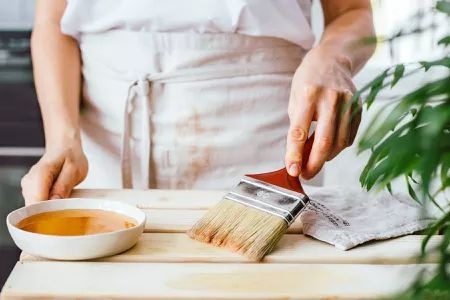
The effectiveness of these methods may depend on the type of fabric, the type of wood stain, and the age of the stain. In some cases, it may not be possible to completely remove the stain, but it may be possible to lighten or fade the color. It’s important to note that the sooner you treat the stain, the better your chances of removing it completely. So, if you spill wood stain on your clothes, act quickly to try to remove the stain before it has a chance to set in.
Effective Methods To Remove Wood Stains From Clothes
Removing wood stains from clothes can be challenging, but there are a few methods you can try to remove or lighten the stain. Keep in mind that the effectiveness of these methods may depend on the type of fabric and the age of the stain. Here are some effective methods you can try:
Acetone To Remove Wood Stains From Clothes
Acetone is a solvent that is frequently used to dissolve paints, varnishes, and wood stains. Acetone is a common substance that you must have encountered because it is a component of nail polish remover. Additionally, it is frequently present in some paint strippers and commercial varnish removers. These characteristics make acetone effective at removing wood stains from clothing.
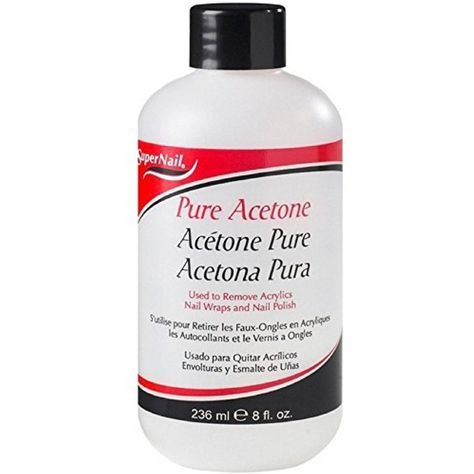
Acetone can be effective at removing wood stains from clothes, but it can also be harmful to certain types of fabric. Here is a step-by-step guide for using acetone to remove wood stains from clothes:
- First, test a small, inconspicuous area of the fabric to make sure it does not bleach or damage the fabric.
- If the test area is unaffected, dab a small amount of acetone onto the wood stain using a cotton ball or cloth.
- Rub the acetone into the stain using a circular motion. Be sure to work the acetone into the fabric well.
- Once the acetone has been applied, allow it to sit on the stain for a few minutes.
- Rinse the acetone off the fabric with cold water.
- If the stain is not completely removed, repeat the process until it is gone.
- Once the stain is removed, wash the fabric according to the care instructions.
It is important to be a little careful when using acetone, as it can be harsh and potentially damaging to certain types of fabric. It is also flammable, so be sure to use it in a well-ventilated area and keep it away from open flames. Additionally, you should be aware that this technique is best for water-based wood stains, so read the label of your stain to determine if it is appropriate for your specific product.
Mineral Spirits To Remove Wood Stains From Clothes
Mineral spirits, also known as white spirits, can be effective at removing wood stains from clothes. They are petroleum-based chemicals that are commonly used to thin or remove oil-based paints or stains (including wood stains). Hence, they are a good recommendation for removing wood stains from clothes. They are quite affordable and are readily available at most local hardware stores.
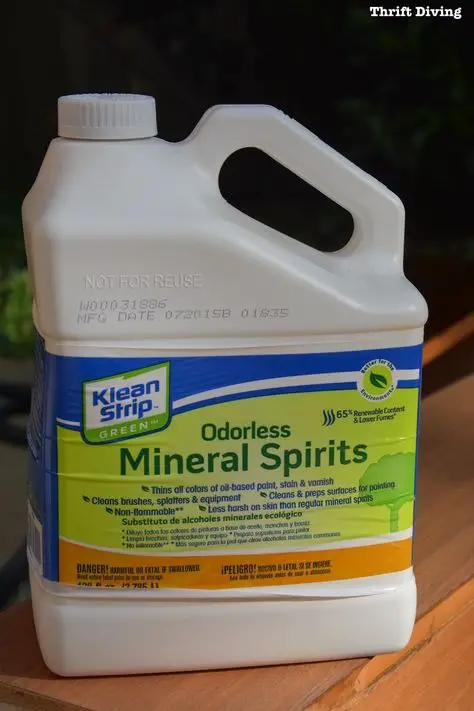
Mineral spirits work best on oil-based wood stains because oil-based wood stains repel water making them somehow difficult to remove from clothes. However, like acetone, it can be harsh and potentially damaging to certain types of fabric. Below are steps to follow when using mineral spirits to remove wood stains from clothes:
- Just like with acetone, be sure to test a small inconspicuous area of the garment before you tackle the fully stained parts of the garment.
- Dip a clean towel into the mineral spirits and use it to blot the wood stain. To prevent the stain from extending to a broader region of the cloth, you should blot while moving from the stain’s edge toward its center. A paper towel or napkin can be placed under the stain to absorb it as the mineral spirits remove it from the fabric.
- Allow the mineral spirit to stay on the stain for a few minutes after applying it.
- Once the stain has faded, wash and rinse the cloth normally. Before exposing the garment to the heat of your dryer, make sure the stain is completely gone. This is because exposing the stain to heat while it’s on your cloth can make it set permanently on the cloth.
Commercial Stain Remover To Remove Wood Stains From Clothes
A commercial stain remover (e.g Clorox) can be a great choice if the stain is still kind of fresh. We recommend using a stain removal product made from natural ingredients, as these are unlikely to cause damage to the fabric. If you are unsure where to purchase stain remover, you can try asking at a nearby store, such as a Home Depot or a Lowe’s. Alternatively, you can order it online. If you go with the online option, make sure the website has a good reputation for customer service.
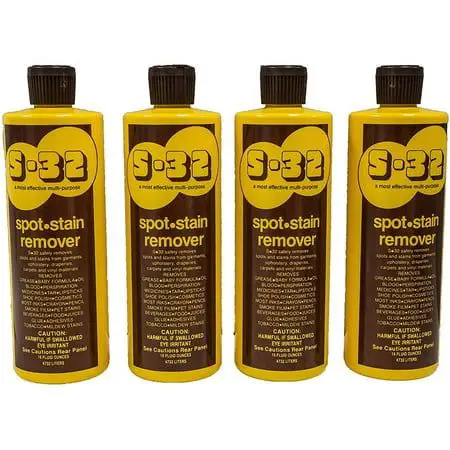
Stain removal products are more likely to succeed in removing stains than natural stain removal methods due to the added strength of their ingredients. However, they might damage delicate fabrics, so choose the product wisely. If the stain is old, you may need a stronger product to remove it. To use a commercial stain remover to remove wood stains from clothes, follow these steps:
- Start by reading the label on the stain remover to make sure it is safe for use on clothes and that it is appropriate for removing wood stains.
- Wet the stain with cold water to loosen it.
- Apply the stain remover according to the instructions on the label. This may involve spraying it directly onto the stain or applying it with a cloth or sponge.
- Let the stain remover sit for the recommended amount of time to allow it to work on the stain.
- Rinse the treated area with cold water to remove the stain remover.
- If the stain is not completely removed, repeat the process as needed.
- Launder the clothing as you normally would, using the hottest water recommended for the fabric and adding a detergent that is safe for the fabric.
Keep in mind that the sooner you treat the stain, the better your chances of removing it completely. If the stain has had time to set, it may be more difficult to remove using any commercial stain remover.
White Vinegar To Remove Wood Stains From Clothes
White vinegar is a versatile liquid that can be used for a variety of purposes. It is an effective method for removing wood stains. While this method does not work every time, it is particularly effective against fresh stains. Also, be sure to test the fabric first to ensure it is safe to use, as white vinegar may not be suitable for some fabrics.
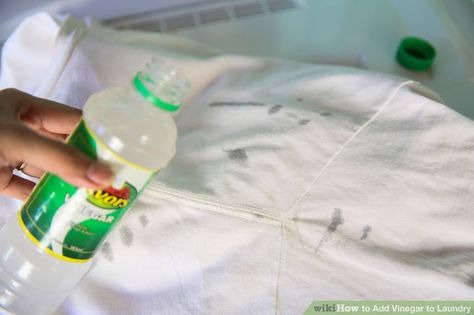
To use white vinegar to remove wood stains from your clothes, here are the steps you should follow:
- Wet the stain with cold water to loosen it.
- Mix equal parts white vinegar and water in a small bowl.
- Dip a cloth or sponge in the vinegar mixture and apply it to the stain.
- Gently rub the stain with a cloth or sponge to work the vinegar mixture into the stain.
- Let the vinegar mixture sit on the stain for at least 15 minutes.
- Rinse the treated area with cold water to remove the vinegar mixture.
- If the stain is not completely removed, repeat the process till the stain is totally out of the cloth.
- Launder the clothing as you normally would, using the hottest water recommended for the fabric and adding a detergent that is safe for the fabric.
Just as mentioned, white vinegar is particularly effective on fresh wood stains. Hence, you have to act fast when you are using white vinegar to remove wood stains from clothes before the stain sets and adheres to the clothes completely.
Turpentine To Remove Wood Stains From Clothes
Turpentine is a naturally-occurring stain remover that is derived mainly from pine trees. It is a strong solvent that can be used to remove wood stains from clothes. Turpentine is a specific solvent that aids in removing paint and varnishes such as wood stains from surfaces and objects (including clothes). Turpentine is effective on both wet and dry wood stains. Hence, it is always an excellent choice for removing wood stains even if you don’t detect the problem right away.
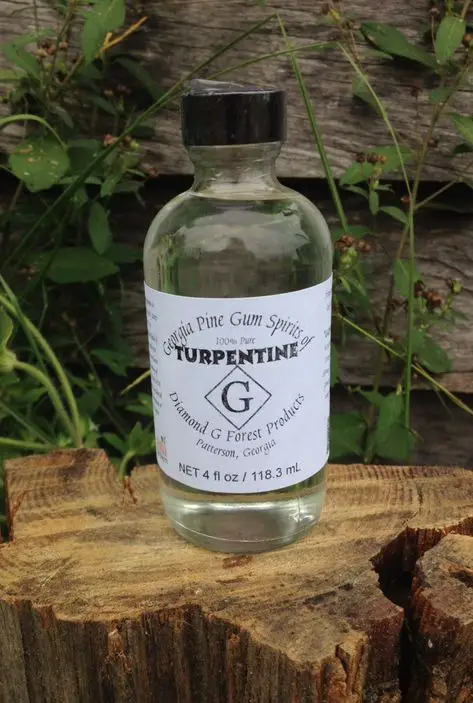
However, turpentine can be somehow harsh and may damage certain fabrics so be cautious to test it on a small inconspicuous part of the stained cloth before going ahead to use it in the stained parts of the cloth. It also has a very strong smell but this smell goes away easily after washing the cloth. Below are the steps you should follow when using turpentine to remove wood stains from clothes:
- To loosen the stain, start by wetting the stain with a cloth soaked in cold water.
- Dampen a cloth or sponge with turpentine and apply it to the stain.
- Gently rub the stain with the cloth or sponge to work the turpentine into the stain.
- Let the turpentine sit on the stain for at least 15 minutes.
- Rinse the treated area with cold water to remove the turpentine.
- If the stain is not completely removed, repeat the process as needed.
- Wash and rinse the clothing as you normally would, using the hottest water recommended for the fabric and adding a detergent that is safe for the fabric.
It is also important to know that turpentine should be used in a well-ventilated area because of its strong pungent smell.
Conclusion
When it comes to wood stains, it is possible to get them out of clothing using the right approach. You just need to choose the right method for the stain. If the stain is fresh, blot it with paper towels to absorb excess liquid. Don’t rub or smear the stain, as this can spread it further. Blotting is less likely to cause damage to the fabric. When you’ve removed as much stain as you can, put the fabric under cold running water to flush away any remaining stain. If the stain is old, you may need to use a stronger method.
Apartamenty Hiszpania Sprzedaż
Thursday 15th of February 2024
This article was a pleasure to read. Your insights are really valuable and thought-provoking. Great job!